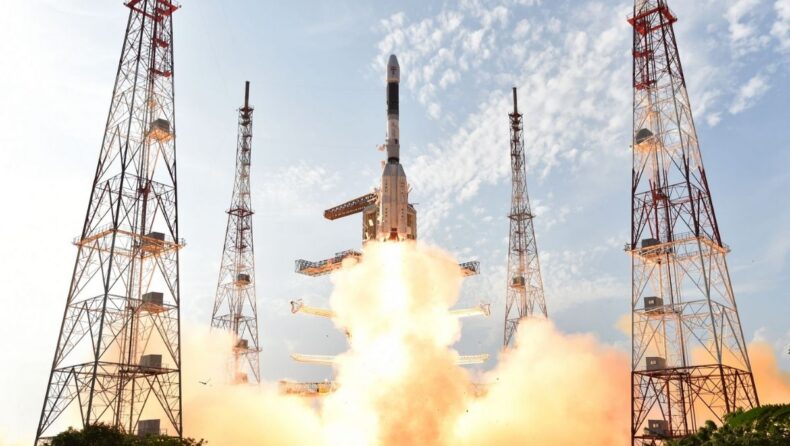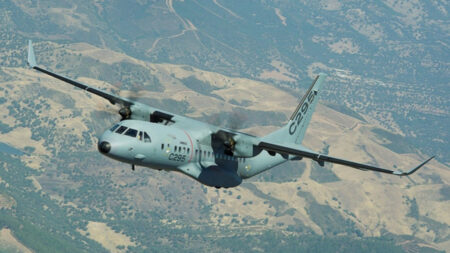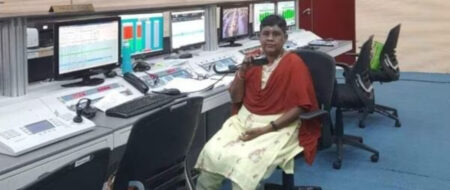The Defence Acquisition Council (DAC) has given its approval for the GSAT 7B, which would be a multiband, military grade satellite for the Army.
According to reports, these satellites would not only be used for communication but would also enable round-the-clock surveillance of India’s borders, a function that the country currently lacks. GSAT 7B would enable coordinated communication between the Indian Army, the Navy, and the Air Force.
This will be the Army’s first exclusive communication satellite when it launches, and it will serve as a force multiplier and fail-safe communication support for the force as it evolves more towards network-centric warfare scenarios.
Which satellites are being used?
The force currently employs GSAT-7A (commonly known as “Angry Bird”). While this satellite is devoted to the IAF, the Army only uses around 30% of its capacity. The DAC approved an Indian Air Force (IAF) application for the GSAT-7C satellite in November of last year.
The satellite connects a variety of IAF platforms, including planes, choppers, drones, the airborne early warning and control system, and radars. This was the second specialised satellite for the Indian military after the GSAT-7 (also known as Rukhmini), which was launched in 2013 for the Navy.
The Indian Space Research Organisation (ISRO) has already been contracted to build its replacement, which will be known as GSAT-7R. According to sources, GSAT-7’s lifespan will expire in the next few years, necessitating a replacement.
For this, India currently uses the CARTOSAT and RISAT satellite series.
Published by – Kiruthiga K
Edited by – Kritika Kashyap













